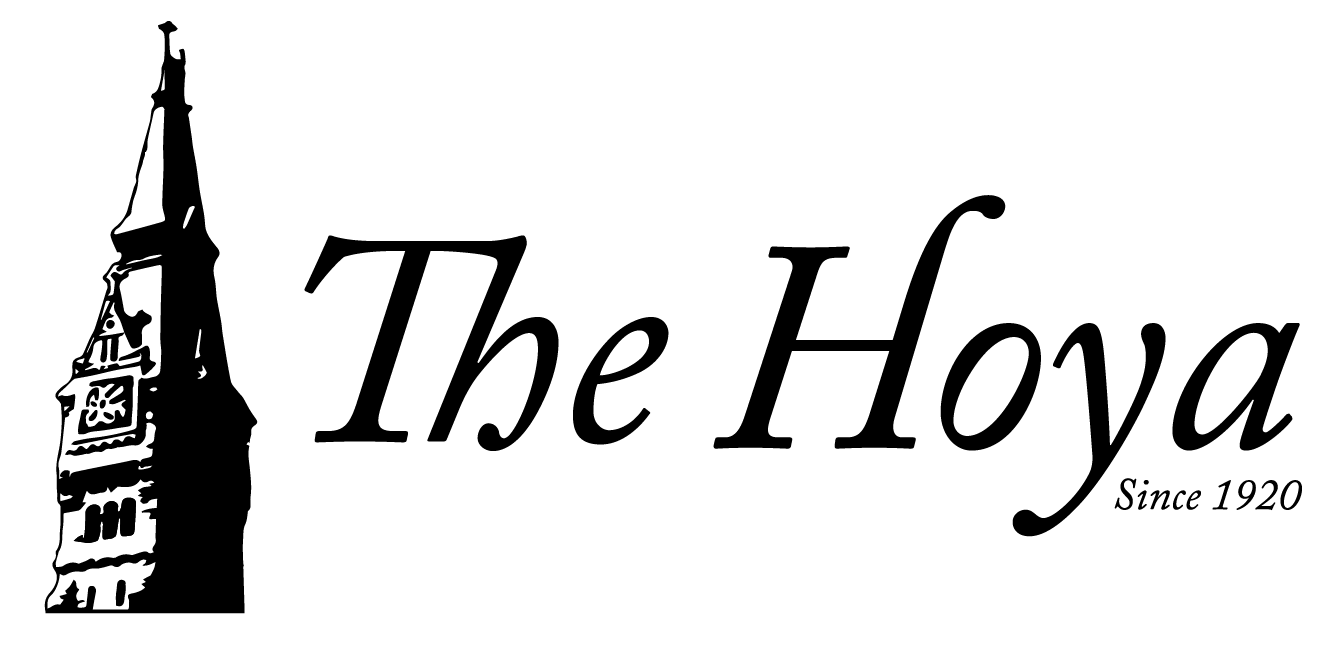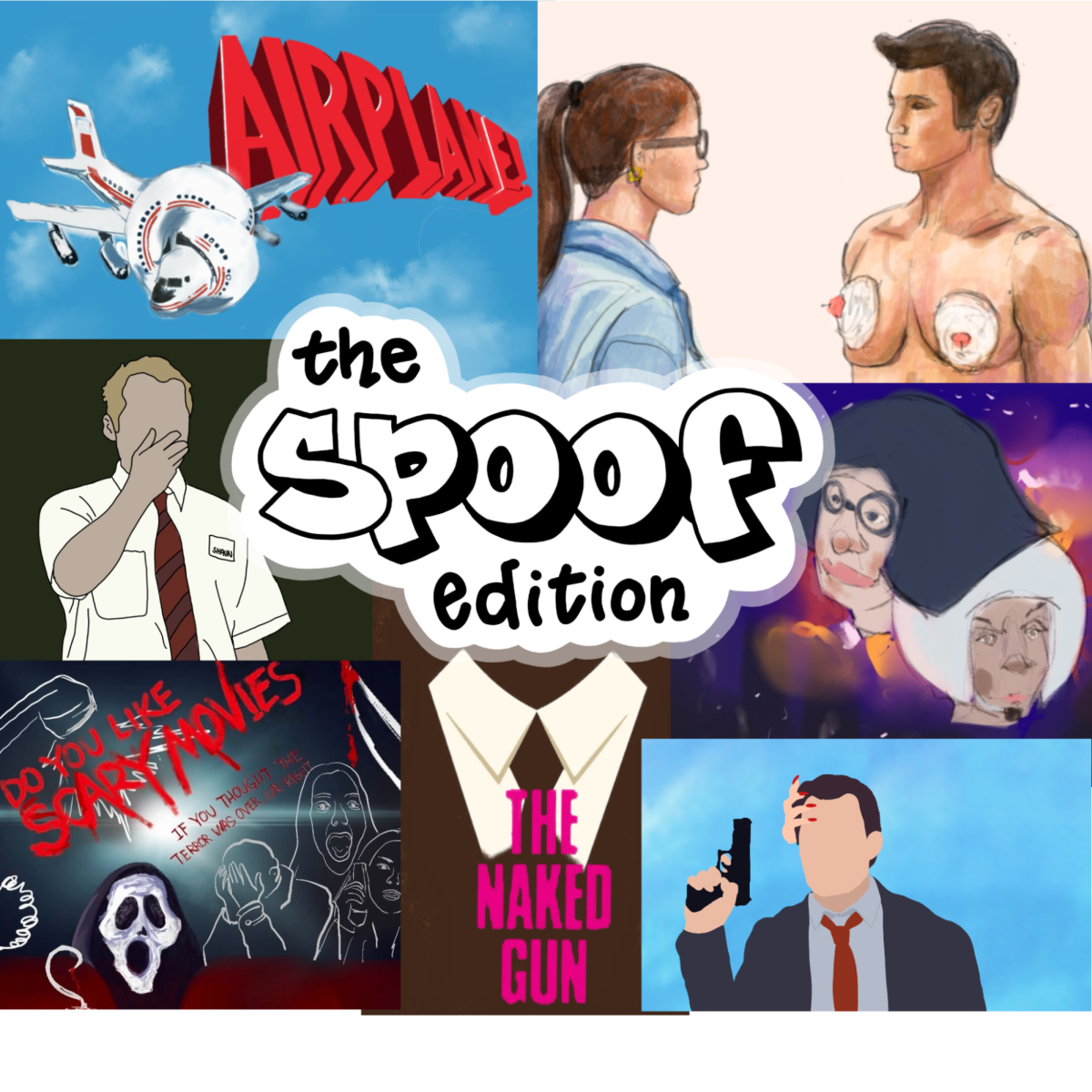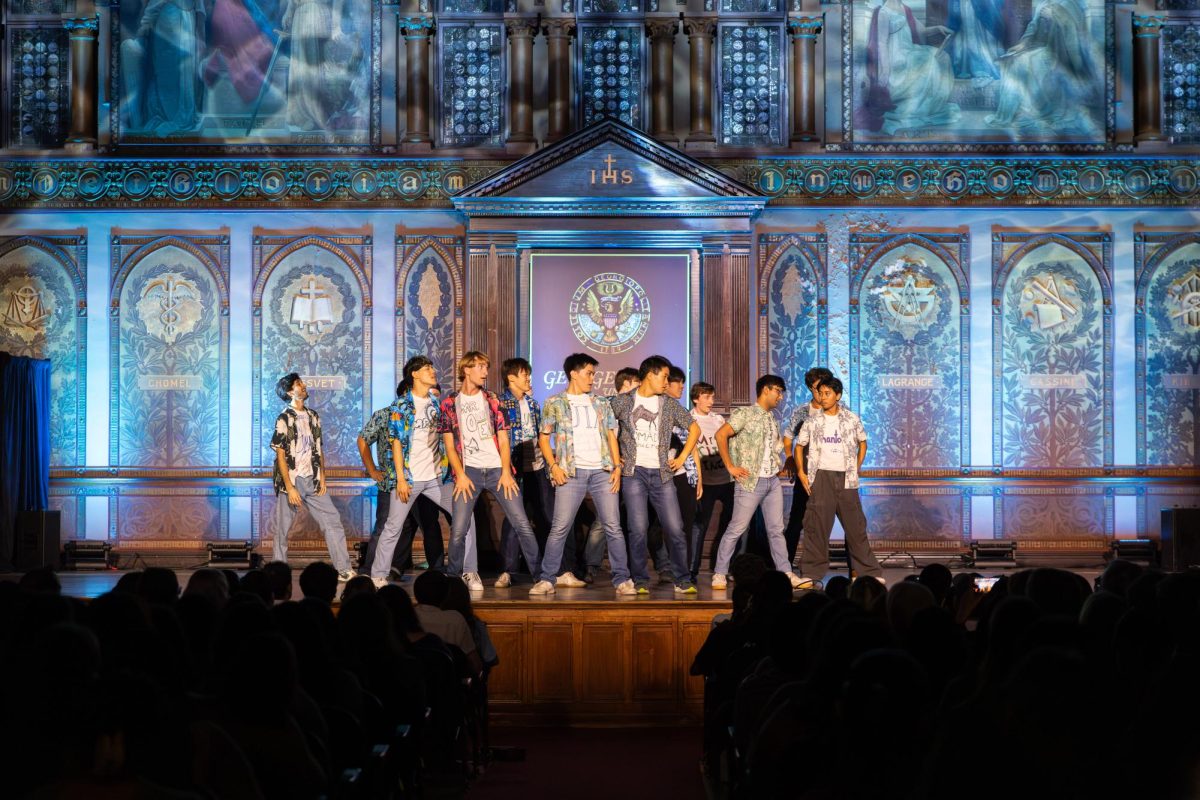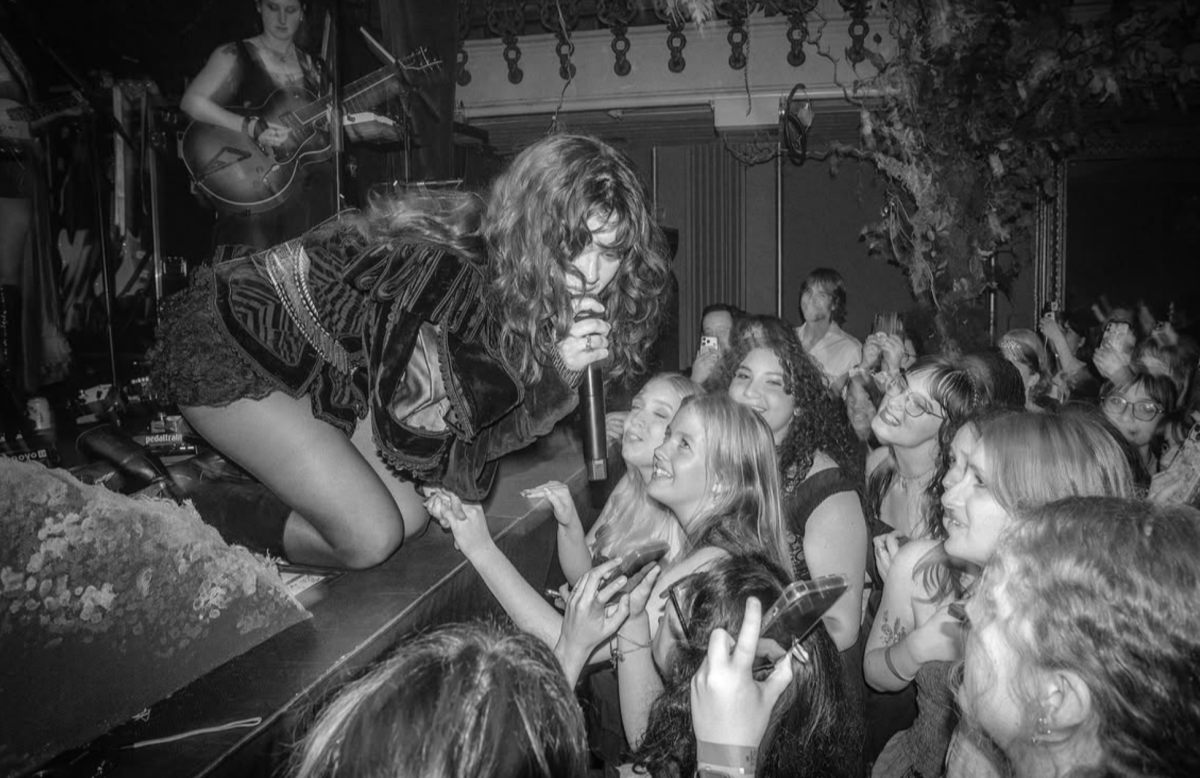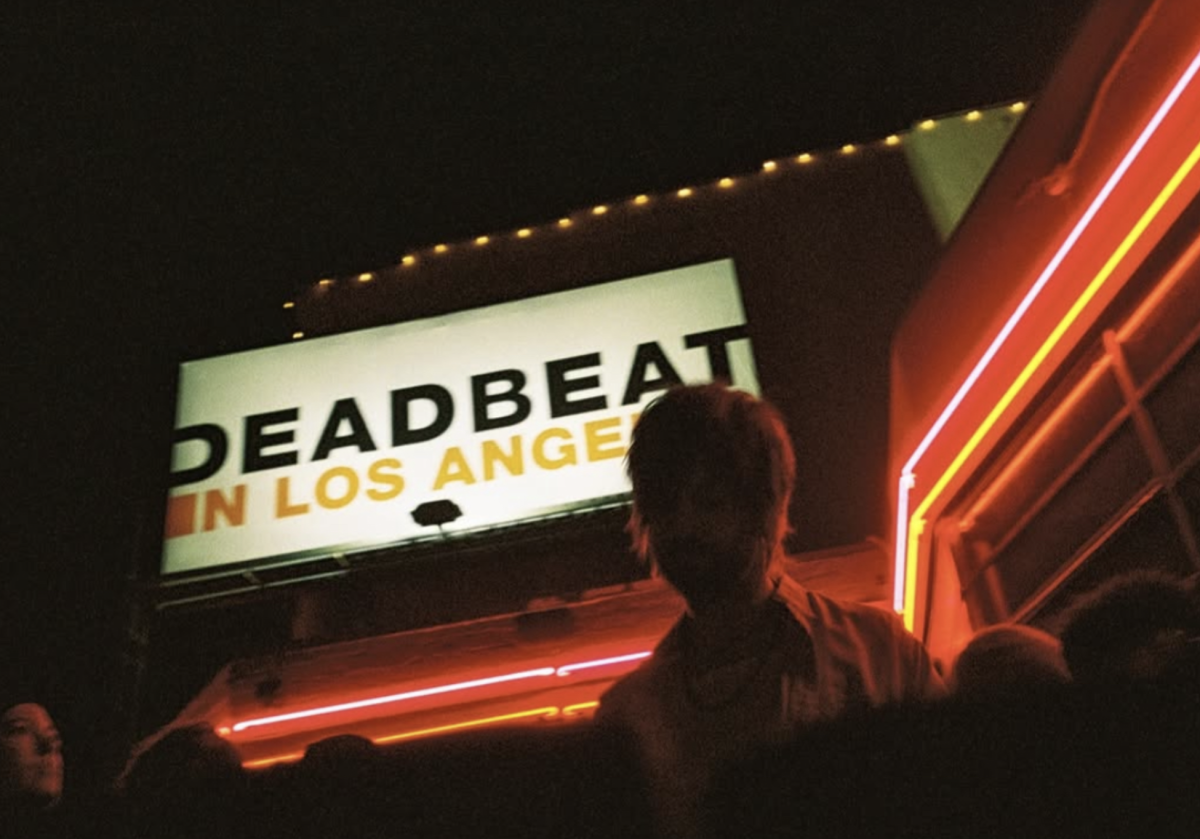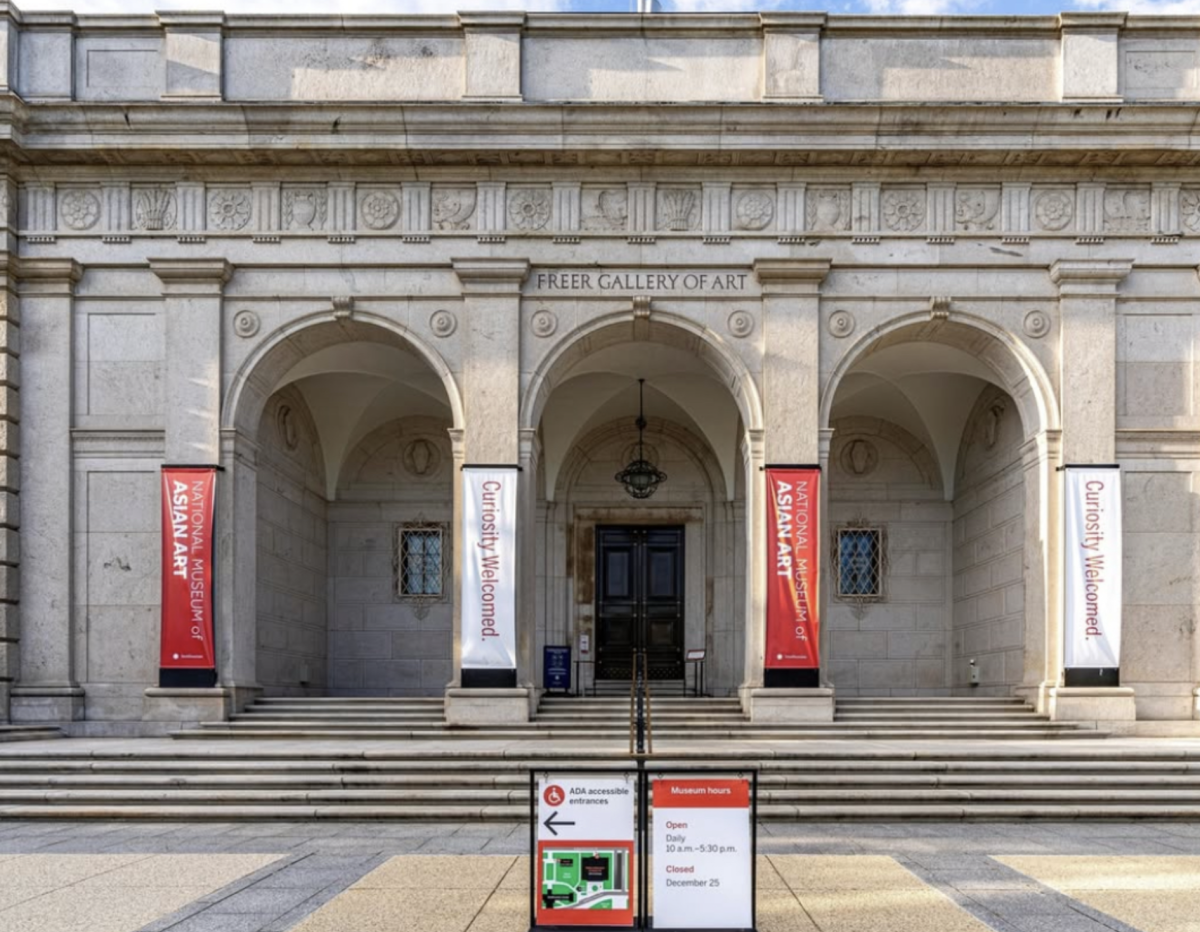“Every single hour in Hollywood, a comedy script is rejected.” The phrase begins a solemn advert for “The Naked Gun,” a remake of the classic 1988 comedy film of the same name, and is an apt warning in the current comedy-less state of Hollywood.
With the rise of both streaming and blockbuster films, comedies have slowly disappeared in the middle. A once classic staple of the late 1990s and early 2000s, the genre has been relegated to quick drops on Netflix rather than theatrical runs. Comedy has become fused with other genres such as thrillers and superhero films, so much so that films driven by pure comedy are rare to come by. Until “The Naked Gun” made a hearty return.
For the Guide’s special issue this semester, we’ve chosen to focus on the dying art of comedy films, particularly that of the “spoof.” Our choice is inspired by the recent resurgence of spoofs spurred by the release of the “The Naked Gun.”
Wait — what exactly is a “spoof”? A more intense version of a parody, a “spoof” is a type of comedic film that uses the plot and character tropes of various genres as its comedic source. It relies on the audience’s prior knowledge of genre conventions, taking those expectations and turning them up to the max.
A successful spoof relies on a shared cultural lexicon. Audiences must know what is being imitated in order to appreciate how it is being distorted. The fun lies in the tension between repetition and deviation; the joke lands because we both remember the original and appreciate the spoof’s absurdity in pushing the original to the extreme. Spoof films became a sort of barometer for media literacy. To understand a spoof is to be a part of the in-group, to demonstrate one’s knowledge of pop culture.
One of the key reasons spoofs have declined recently is the fragmentation of audiences and the fall of the collective cinematic consciousness. For much of cinematic history, audiences shared large parts of their viewing histories. “Jaws,” “Star Wars” and “Titanic” were more than just box-office successes; they were cultural phenomena. Spoofing these films worked because the reference points were universal. In the streaming era, however, media consumption has become highly personalized. Algorithms sort viewers into hyperspecific niches and even international blockbusters fade from attention within a couple of weeks. You would be hard-pressed to find even one other person who shares your recently watched list. Without that common foundation, contemporary spoofs find themselves struggling to find targets that appeal to a broader audience.
Equally damaging to the genre was its self-inflicted decline in the early 2000s. Following the success of “Scary Movie” in 2000, the industry flooded the market with low-budget, reference-driven imitations including “Date Movie” in 2006, “Epic Movie” in 2007 and “Disaster Movie” in 2008. These movies relied less on wit and more on recognition, stringing together fleetingly viral pop culture moments with little narrative or satirical coherence. Rather than creating humor by intelligently poking fun at the genre they were parodying, they treated spoof like a checklist of citations, believing the more they included, the funnier the movie was. The result was fatigue, both critically and commercially, and a widespread belief that the genre had become lazy and even embarrassing.
This oversaturation coincided with a decline in what could be considered cultural attentiveness. A spoof requires not just an audience that knows its source material, but one that thinks critically about it. Yet in an age of endless doomscrolling and algorithmic content, sustained attention is rare. Audiences encounter culture as mere fragments, clips and references shared without any context. Ironically, social media today is filled with parody; however, this parody takes a different form. It is bite-sized and meant to be consumed immediately. The spoof film, which requires us to remember, reflect and compare, almost feels too slow for today’s media landscape.
This is not to say parody has ceased to exist altogether; it has simply evolved and changed forms. With movies like “Thor: Ragnarok” and “Barbie,” filmmakers like Taika Waititi and Greta Gerwig have injected the self-awareness and meta-humor of the spoof into mainstream storytelling. These films function both as serious movies with authentic overarching themes while simultaneously poking fun at their own genre. The job of the spoof is being done by the very films it would have mocked, blurring the lines between parody and mainstream. Still, something has been lost. The classic spoof joined audiences together to laugh at shared stories. It was a genre that celebrated cinema by mocking it. To laugh at these films was, in a way, to love the films that inspired them.
In a time when it’s getting harder to laugh, it’s essential to continue to create these theatrical experiences aimed at bringing audiences together to laugh. While simple in nature, comedies become our comfort watches. It’s comedies that bring us together in a shared language of jokes and funny references. It’s comedies that connect us. Sure, the death of comedy is not exactly a life-altering disaster, but it’s important to hold onto the power of laughter and the ways a simple smile could change our day.
